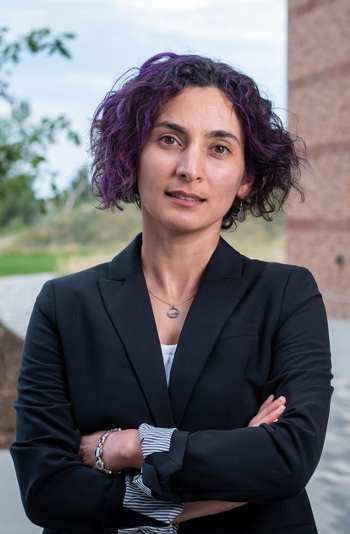
HPLC and the Future of Elastic Electronics
Scientists from the Institute of Physical Chemistry of the Polish Academy of Sciences (IPC PAS) have been undergoing a series of studies to learn more about the creation of thin layers of highly ordered polymers and how spectroscopy and HPLC can be used to create organic and elastic electronics.
Scientists from the Institute of Physical Chemistry of the Polish Academy of Sciences (IPC PAS) have been undergoing a series of studies to learn more about the creation of thin layers of highly ordered polymers and how spectroscopy and HPLC can be used to create organic and elastic electronics.
These thin organic materials, which will enable our future electronic devices to be made even thinner and lighter than they are now, are the future of electronics and will completely change the process of producing organic electronic systems.
“We have examined how the organization of molecules changes within layers, depending on the length of molecules. Thanks to this we understand why shorter molecules form ordered two-dimensional structures, while their long analogues create chaotic aggregates,” said Robert Nowakowski, the head of IPC PAS. “We can sometimes eliminate this last effect completely,” he added.
This new research into the production of organic materials will not only create thinner and lighter devices in the future, but will also cut down on the production costs of organic electronic systems, thus greatly reducing the price of such devices. Organic materials will allow electronic devices of the future to gain unprecedented properties such as the ability to be rolled into a tube or to produce it from transparent elements to be placed directly on surfaces such as car windows.
The production process currently being studied by the Microscopy and Spectroscopy Research Group at IPC PAS will hopefully open the doors for elastic electronics to hit the mass market sometime in the near future.
Newsletter
Get essential updates on the latest spectroscopy technologies, regulatory standards, and best practices—subscribe today to Spectroscopy.





